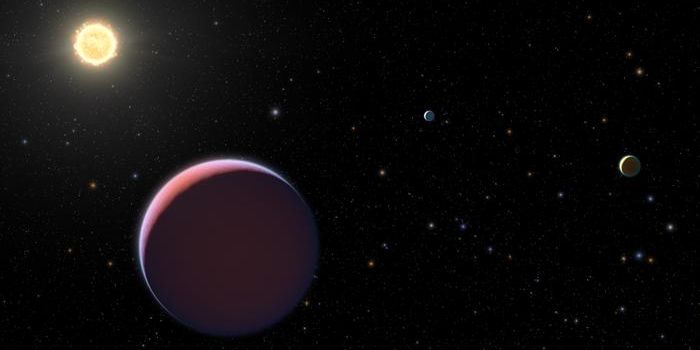What Would Happen if We Sent a Spacecraft Into the Sun?
In 2018, NASA launched the Parker Solar Probe to get our closest look at the Sun yet. The probe gets as close as about 6.2 million kilometers from the Sun’s surface; but have you ever wondered what would happen if we got even closer? Assuming we could ignore the fact that landing on the Sun is basically impossible, we’ll take a look at what might happen if we tried to get any closer to the Sun than the parker solar probe already gets.
The region spanning anywhere between 7 million and 10 million kilometers from the Sun is called the corona, and in this region, temperatures spike to around 1 million degrees Celsius. The Parker Solar Probe often visits this region, and it uses advanced heat shield technology to resist and reflect up to 99.9% of the Sun’s light right back at the star.
If we could get within 3,000 kilometers of the Sun’s surface, then we’d be within a layer known as the Chromosphere. This is the region where solar prominences exist. The Sun’s powerful magnetic field contains these ejections to this layer, where they fall back to the star’s surface after reaching as far as they can. Assuming we could ever get this close to the Sun, we’d want any spacecraft to avoid these ejections.
Just underneath the Chromosphere is the Photosphere, which is the part of the Sun we see in the sky every day. If any spacecraft would ever make it this close to the Sun, the star’s immense gravitational pull would begin to take effect. In fact, anything hanging out in this region would weigh more than 26 times what it would on Earth. Sunspots would also be incredibly visible here and being anywhere close to one would put a spacecraft in danger of being struck by solar flares.
If we were to sink below that, we’d find ourselves in the convective zone, a part of the Sun where temperatures reach up to 2 million degrees Celsius. No material on Earth could withstand these high temperatures, and so you can probably expect any spacecraft to melt away into nothing at this point.
For the sake of curiosity, assume we could keep going – we’d next find ourselves in the radiative zone, which is the single thickest layer of the Sun and comprises of about half of the Sun’s total radius. Here, pressures are more than 100 million times that of sea level on Earth. Interestingly, the pressure is so great that it hinders the movement of light waves. Assuming a spacecraft could survive here, the region would appear pitch black.
The final layer of the Sun, known as the core, exists 500,000 kilometers below its surface and comprises of about a quarter of the Sun’s total radius. At this point, pressures are more than 200 billion that of sea level on Earth. Here, atoms are pressed densely together, and temperatures reach a blistering 15 million degrees Celsius.
While the concept of putting a spacecraft any closer to the Sun than the Parker Solar Probe is basically imaginative, it’s still interesting to think about the conditions at each layer of the Sun. It’s just unfortunate that we may never get to probe these sections due to material limitations in such extreme environments.








